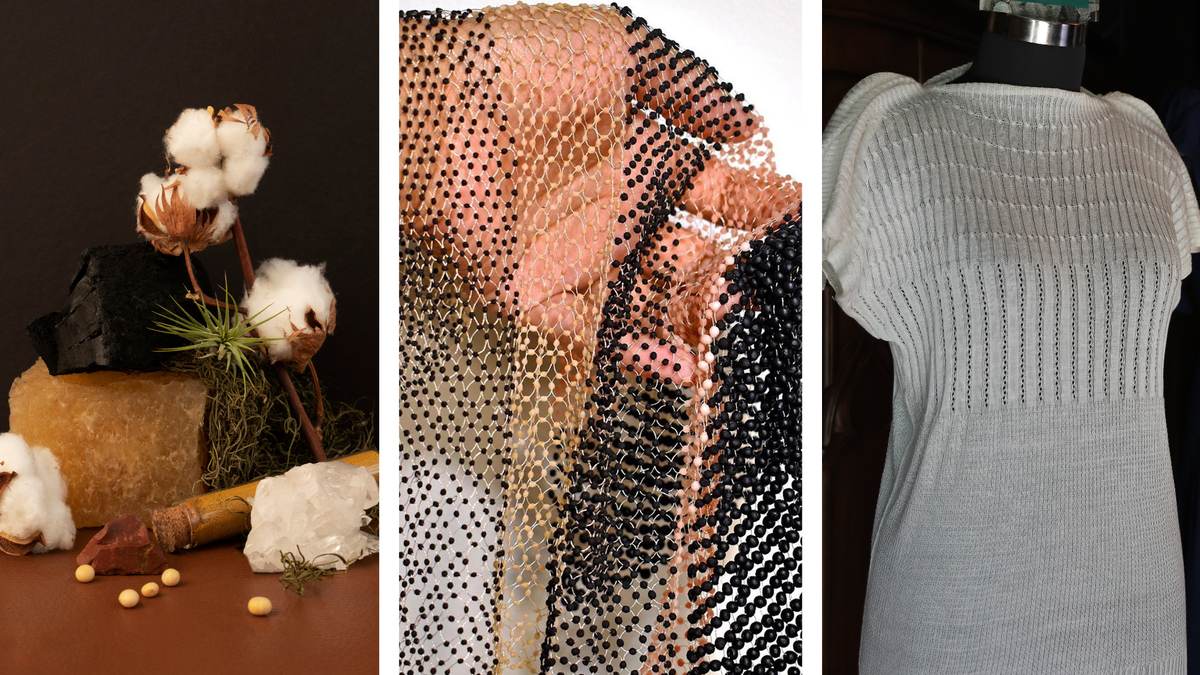Buying a handloom textile that uses a 3,000-year-old craft is akin to acquiring a work of art. Much like a painting or sculpture that holds value for its authenticity, a handmade fabric is worth every rupee spent, says Nikita Shah, a Brooklyn-based independent researcher affiliated with the Metropolitan Museum of Art in New York. Nikita, who honed her skills in kalamkari while in Hyderabad, believes mindful consumption is key to keeping the craft alive.
She believes mass production has prompted many artisans to take shortcuts. “Kalamkari is a slow craft. Less is more — that should be the approach if we want it to survive,” she says.
Kalamkari, which takes its name from the kalam or pen used by artisans to draw motifs, involves a painstaking, multi-step process. The fabric — typically cotton or silk — is treated with milk and natural astringents before being hand-drawn and coloured with natural dyes. Srikalahasti in Andhra Pradesh is known for hand-painted kalamkari, while Machilipatnam is recognised for block-printed variations. Originally a medium for narrating folk tales, kalamkari later evolved into wearable art.

Speed over technique
During a recent visit to Srikalahasti, Nikita observed that traditional pens were increasingly being replaced by thick brushes, fingers and even sponges — often used with chemical dyes. “It’s disheartening to see artisans prioritising speed over technique. Younger artisans, despite being trained by older generations, are under pressure to meet market demands and are compromising on the process,” she says.
In Machilipatnam, digital and screen printing are steadily replacing hand block printing, making it harder for consumers to tell the difference.
Mumbai-born Nikita is an alumna of National Institute of Fashion Technology Kannur and worked for nearly a decade with Hyderabad-based designers Gaurang Shah and Mamata Reddy (Kalam Creations) before pursuing an associate degree at the Fashion Institute of Technology, New York. In 2021, she launched her own label, Untitle by Nikita, in the US, creating separates like trench coats and dresses using traditional craft techniques. The name reflects her decision to break away from the seasonal cycle of fashion collections. “Fast fashion is not compatible with slow, traditional methods. Back when I worked with Gaurang for Lakmé Fashion Week, we would begin collections nearly two years in advance. You cannot rush kalamkari — it is not even feasible in the monsoon,” she says.
Reviving a heritage craft
When she realised many NRIs hesitated to pay for cotton or appreciate the labour behind the craft, she began offering kalamkari workshops to bridge the gap. “Once people try it themselves, holding a kalam and attempting to paint on fabric, they understand why a sari or dress can take months to finish.”

From Untitle by Nikita collection. | Photo Credit: Special Arrangement
Nikita is currently researching kalamkari story cloths, which were traditionally used to narrate folk tales. She is especially concerned about the increasing commercialisation and inauthentic practices. “Screen printers often mimic hand block prints with slight imperfections so they can pass them off as handmade,” she explains.
Tips for spotting real kalamkari, according to Nikita:
Fabric: Authentic kalamkari is done on cotton or silk, not synthetic blends. Touch and feel the textile; blends are more likely to carry screen or digital prints.
Colours: Genuine kalamkari uses natural dyes, resulting in muted, earthy tones. “Check your spice rack,” she says. “That is where many dyes come from.” Neon shades or bright pinks usually indicate chemical processing.
Inconsistencies: Minor variations in motifs are a sign of handwork. No two hand-painted figures are exactly alike.
Scent: The fabric is often treated with cow or buffalo milk, giving it a distinct, faint smell that fades with a few washes.
Flip test: Digital prints are easy to spot — the back will often be white or barely printed.

Nikita advocates for choosing one authentic piece over ten mass-produced ones. For those who dislike repeating outfits, she has a practical tip: “Take a cue from our grandmothers — they exchanged saris among friends and family.”
For those who seek authentic kalamkari, she suggests exhibitions hosted by the State boards of Craft Council of India, Hyderabad-based label Malkha that specialises in natural dyes and hand block prints, and Mamata Reddy’s range of kalamkari creations.
Published - May 28, 2025 03:09 pm IST

 1 day ago
1
1 day ago
1






















 English (US) ·
English (US) ·